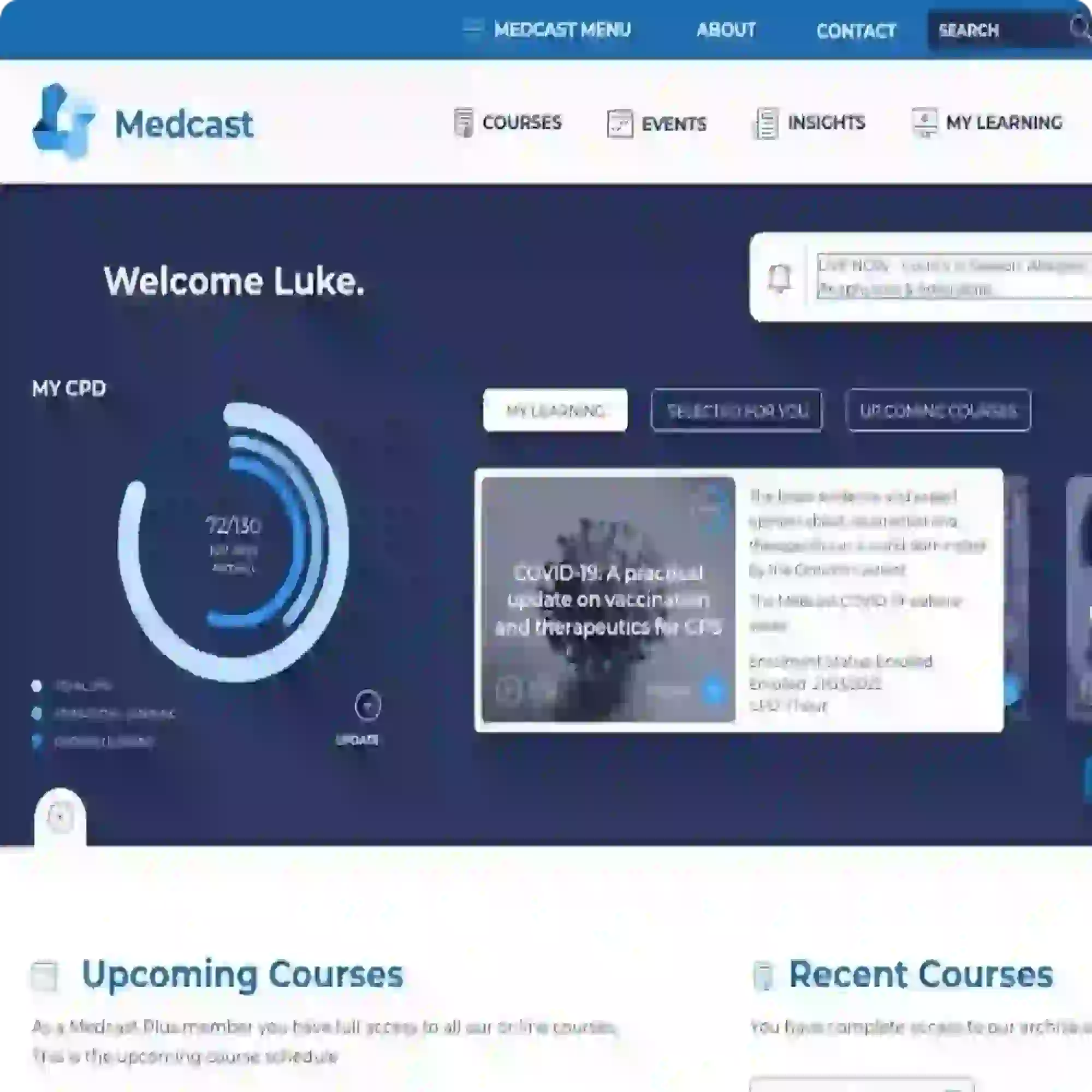Digital Dog - Research into Technology and Mental Health
Black Dog Institute (www.blackdoginstitute.org.au) recently amalgamated and expanded its technology-based research activities under the banner “Digital Dog”. This research group is looking at ways to expand the use of technology in mental health in a number of ways. One of the most exciting things going on is an investigation of the ways in which social media may be helpful in detection of psychological distress in the community, and an exploration of whether that information can inform intervention at a population or even an individual level.
Postdoctoral fellow Bridianne O’Dea, whose background is in public health and whose interest and experience is in researching the influence and potential uses of social media, is part of a team which is looking at Twitter for clues about population mental health. Its early days but in conjunction with machine learning experts at the CSIRO her team is analysing twitter feeds for shifts in their emotional content to follow trends in population groups in specific time zones. Already they can accurately identify trends related to international events and doing so on a “local” level is part of the plan.
The big question is what to do with that information once we have it.
In 2014 the Samaritans organisation, a UK based suicide prevention organisation which runs a 24 hour help line for people in distress, launched a Twitter-based suicide prevention app called Suicide Radar. The app privately highlighted to Twitter users people in their circles who had posted potentially worrying tweets in the hope their friends and followers would reach out to them with support. According to Samaritans “The intention behind the web based app was to give people a second chance to see a tweet from someone they know who might be struggling to cope”.
Described by detractors as a “surveillance system”, there were significant concerns about the app breaching people’s privacy by sharing health information without their permission. Another unfortunate consequence was that some “friends” posted messages that were far from supportive.
The Samaritans experience underlines the need for great care in the use of social media as a public health tool. Hopefully Bridi and her team will add to the knowledge base that allows social media to be a force for good in mental health.

Gerhard is a full professor of Clinical Psychology at Linköping University, Sweden since 2003, an
d affiliated researcher at the Karolinska Institute, Sweden. Professor Andersson is an internationally recognized researcher in the field of CBT delivered through information and communication technology, as well as the author of the book “The Internet and CBT: a clinical guide”.
UPDATED
The PTSD Program for people with Post Traumatic Stress Disorder.
Do you know anyone who has difficulty motivating themselves to exercise? I think we all know people who get too depressed to exercise or too anxious to leave the house. But there are other people who, despite a lack of “diagnosis”, find exercise hugely difficult to contemplate.
As someone who has practiced medicine for almost four decades I have had the opportunity to observe firsthand the upsurge in the use of opioid pain killers in non-cancer pain.

